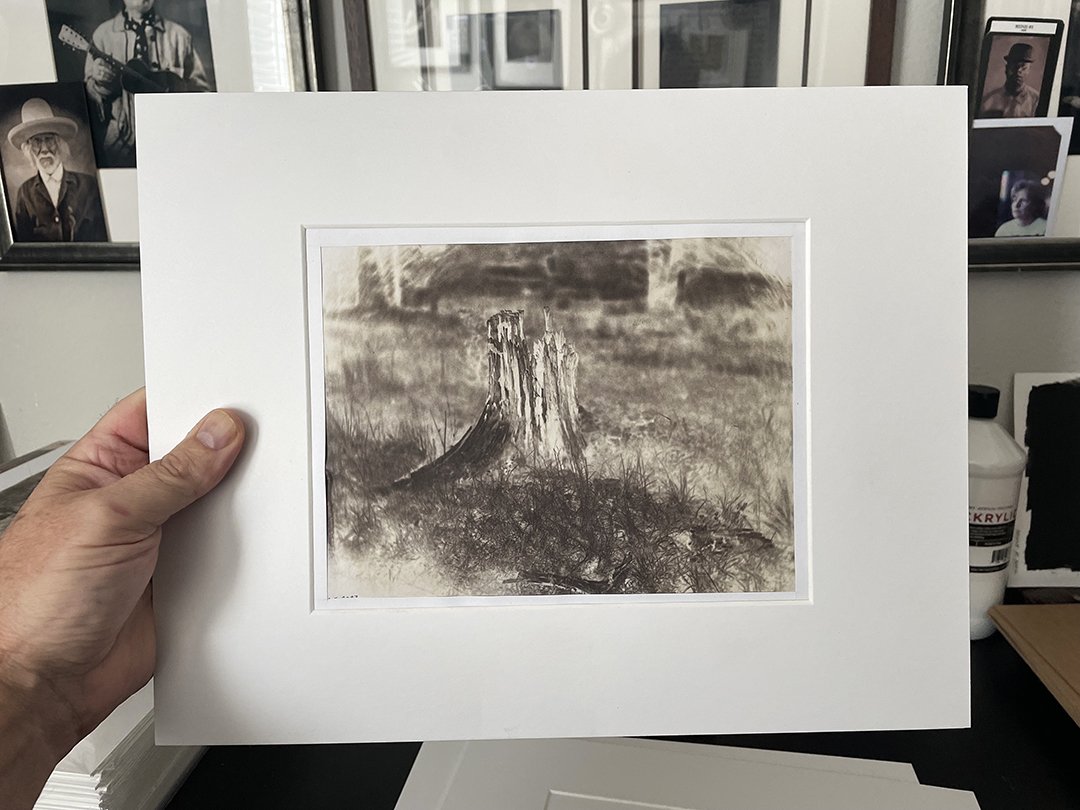There are a lot of topics that are off limits to discuss in American culture.
We’re basically taught to steer clear of talking about things like death, mental health, sex, religion, and politics. You know, the stuff that gets people riled up or makes them super uncomfortable and sometimes extremely angry.
Bringing up these taboo subjects can even lead to people acting out aggressively. And honestly, with the way things are right now, I wouldn’t be surprised if we see some of that in the coming days or weeks. I’m really hoping it doesn’t happen, but I’m not holding my breath.
In this post, I’m going to address one of the big ones: mental health issues and the death anxiety connection.
DEATH ANXIETY & MENTAL HEALTH
I would propose that, like death, mental illness is something we don’t understand. The human brain is very complex. It will be a long time before we can address mental health issues like a broken leg or a common cold.
We’re frightened of things we can’t explain or understand. We typically repress them or make something up to explain them (i.e., conspiracy theories).
We live in a death-denying culture. We lie and deny all of the time about uncomfortable facts. Humans generally don’t seek truth; they seek out what makes them feel good; this is called confirmation bias.
Confirmation bias is a cognitive bias that involves favoring information that confirms one's preexisting beliefs or hypotheses. It causes people to seek out, interpret, and remember evidence in a way that reinforces their views while disregarding or downplaying information that contradicts them. This bias can influence decision-making and perception, often leading to flawed conclusions because it limits a person's ability to objectively evaluate information.
In their book Denial: Self-Deception, False Beliefs, and the Origins of the Human Mind, Ajit Varki and Danny Brower present a compelling theory that denial and self-deception are integral components of human evolution. They propose that the capacity for self-awareness combined with an understanding of mortality should have led to debilitating levels of anxiety, potentially preventing early humans from functioning effectively or thriving.
To cope with this awareness of death, humans developed a psychological mechanism of denial. They contend that by suppressing their constant anxiety over mortality, humans were able to innovate, take risks, and pursue their goals without feeling paralyzed by fear. Lying and self-deception, as extensions of this denial, became adaptive traits, contributing to the survival and advancement of human beings.
They suggest that these traits are essential for human society but come with significant consequences, such as the persistence of irrational beliefs and the difficulty in addressing existential truths. Which brings me to my point.
MY EXPERIENCE WITH MENTAL HEALTH ISSUES
Depression and anxiety are two sides of the same coin. I know about both of them.
This is not about the “madness” of creative people or some old trope about being mentally ill as a great way to access creativity. I don’t buy into a lot of that nonsense. I don’t believe it works that way at all. In fact, I would argue the exact opposite: art is created to quell existential concerns, not because of them. The cart and horse analogy would apply here.
For most of my adult life, at least since my mid-to-late twenties (post military), I’ve suffered from anxiety and sometimes depression. It’s varied in form; sometimes completely disabling and other times only mild and kind of an inconvenience.
“Man stands face to face with the irrational. He feels within him his longing for happiness and for reason. The absurd is born of this confrontation between the human need and the unreasonable silence of the world.”
I never know why or when it’s going to show up. There is always a "rumble,” just below the surface, and I’m never really completely free from it. The anxiety part is the biggest problem for me. I do turn to making art when it hits.
Art has helped me a lot. However, since reading Becker and studying terror management theory, I think I have a better handle on what it is and even ways to deal with it from an analytical perspective—in my own way. I try to break down these complex concepts into smaller parts to understand how they work, relate to each other, or contribute to the whole. This helps me. Or at least gives me some comfort.
What causes anxiety or depression? That depends on who you ask. I would answer it like this: When a person suffers from depression or anxiety, the blinders about life are lifted. The person sees and feels the world for what it is—a terrifying, meaningless place. Zapffe used the term cosmic panic to describe an overwhelming existential realization of the absurdity and meaninglessness of human existence in the universe. In essence, the person’s illusions are no longer in place or meaningful. These illusions, whatever they might be, are disabled, and existence reveals itself for what it really is.
That explanation for me is real. I’ve lived it and continue to live it every day. Ernest Becker made it very clear that if we didn’t have illusions or constructs to lean on, we would be in a state of constant dread or terror. He said without illusions to quell our death anxiety, human beings would face a psychological crisis. In his book The Denial of Death, he argued that humans are unique in their awareness of mortality, which creates an existential fear. To cope with this, we construct illusions or "immortality projects" that give our lives meaning, such as creative projects, religious beliefs, political beliefs, and achievements that help us feel part of something enduring or “immortal.”
If these illusions are stripped away (via anxiety or depression), Becker believed that we would experience paralyzing dread or even nihilism, making it difficult or impossible to function or find purpose. This unbearable fear of death, left unchecked, could result in significant psychological distress and societal chaos, as people would lack the comforting frameworks that provide a sense of continuity and hope. In essence, our illusions shield us from the raw awareness of our impermanence, allowing us to live more manageable and motivated lives.
Art and a creative life give me meaning and purpose. Do I know, intellectually speaking, that my art is meaningless and won’t endure? Yes, I do. However, for me to function every day, I need to make art, and I need to pursue my preoccupation with human behavior.
In the words of Albert Camus, “Man stands face to face with the irrational. He feels within him his longing for happiness and for reason. The absurd is born of this confrontation between the human need and the unreasonable silence of the world.” The Myth of Sisyphus.













